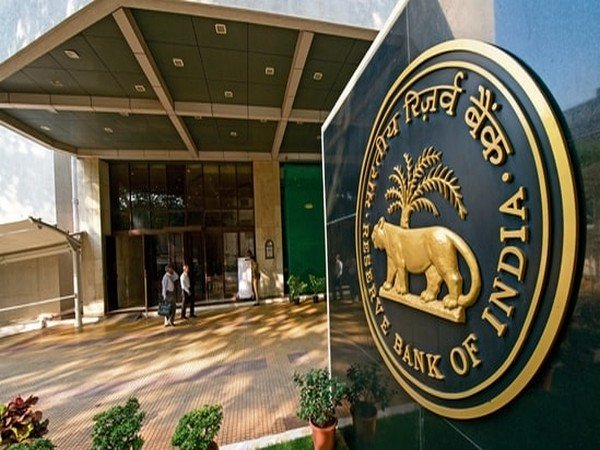India’s Foreign Exchange Reserves Cross USD 700 Billion First Time
India’s foreign exchange reserves have reached an unprecedented milestone, crossing the USD 700 billion mark for the first time. According to data released by the Reserve Bank of India (RBI) on Friday, the reserves surged by USD 12.588 billion in the week ending on September 27, pushing the total to USD 704.885 billion.
The previous high stood at USD 692.296 billion just a week earlier, marking a significant boost in India’s economic buffer. This substantial foreign exchange reserve is a crucial shield for the domestic economy, helping to protect it from global financial shocks and uncertainties.
The largest component of these reserves, Foreign Currency Assets (FCA), stood at USD 616.154 billion, according to the RBI’s latest data. Additionally, the country’s gold reserves are valued at USD 65.796 billion.
India’s current foreign exchange reserves are now estimated to cover more than a year’s worth of projected imports, a notable achievement in terms of economic resilience. In the 2023 calendar year, India has added approximately USD 58 billion to its reserves, contrasting sharply with the USD 71 billion decline seen in 2022.
Foreign exchange reserves, which include assets held by a nation’s central bank, are primarily held in reserve currencies like the US Dollar, Euro, Japanese Yen, and British Pound Sterling. The reserves act as a financial buffer, and the RBI closely monitors foreign exchange markets to manage volatility.
The RBI has been strategically managing the rupee’s stability, buying dollars when the rupee strengthens and selling when it weakens. This approach has transformed the Indian Rupee from one of Asia’s most volatile currencies a decade ago to one of its most stable.
A stable rupee not only benefits the Indian economy but also makes Indian assets more attractive to international investors, thanks to enhanced predictability and performance.










